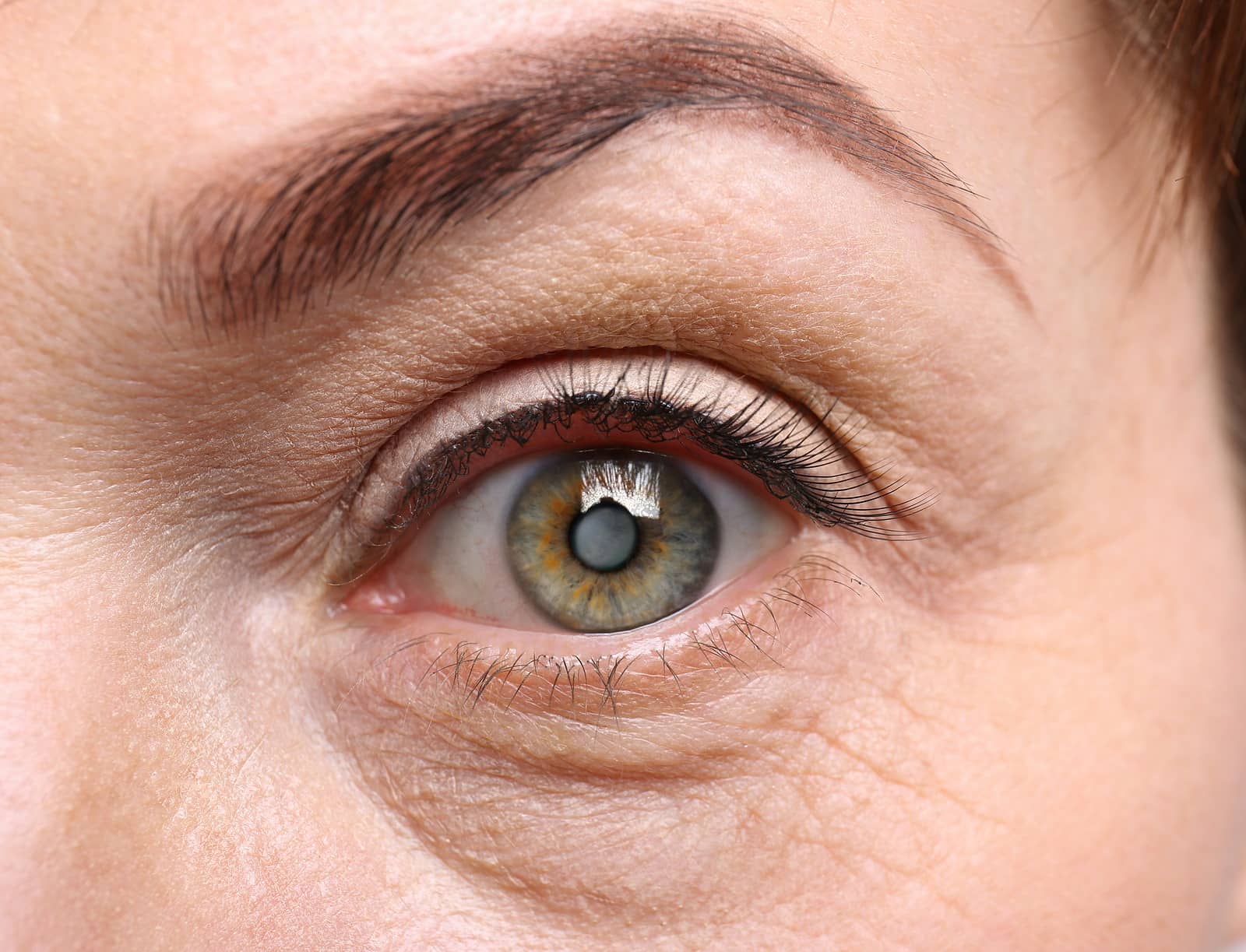Familiarity with different types of wound dressings
The dressing uses a protective coating on the wound; wound healing varies from person to person and often depends on various factors. For example, age and skin type are two factors that change the way wounds are treated, and the infection is prevented. Other factors depend on the type of wound, location, severity, and so on.
Prevention of infection is essential, but wound healing is much more than that. The body is protected when you take care of your wounds with the right dressing. The type of dressing you need depends on several factors. Some of these include the type of injury, the location, and the severity of the wound. This article will talk to you about the different types of wound dressings to treat a wide range of injuries and when to use each one.
If you have a serious injury, do not treat the wound yourself and see a doctor to prevent complications.
What is a wound dressing?
Wound dressing is used in direct contact with the wound to heal and prevent further wound problems or complications. Different sauces are used depending on the type of wound, but they all aim to help reduce infection.
Different types of wound dressings:
Different types of wound dressings are used in medicine today. In this article, we will talk about the most common of them. They include the following.
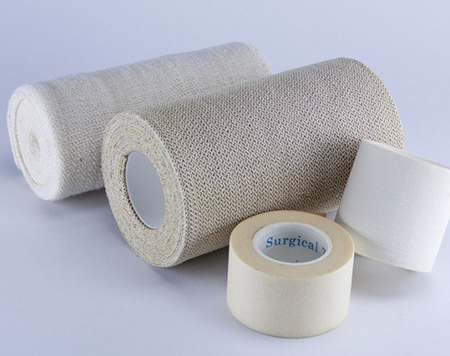
Fabric dressing (cotton):
Fabric dressing is available in two types of packaged and roll dressing
This type of wound dressing is the most common dressing. This type of dressing is versatile and is used to protect open wounds from several minor injuries. Cloth dressings are commonly used for small damages or in sensitive areas.
Most of the time, doctors use a cloth bandage as the first protective layer, and in other cases, they use it as a second layer to create more security on the wound. You have probably used fabric dressings before because it is the most well-known dressing style used at home, apart from the wound dressing. Fabric dressing is available in two types of packaged and roll dressing. They come in various shapes and sizes and can be easily changed so that any wound can be bandaged.
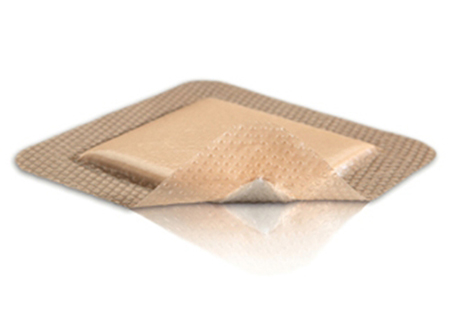
Foam dressing:
Another common type of wound dressing is floor dressing. Depending on the brand, they are very soft and usually very attractive. The floor dressing protects the wound while preserving the damage and maintains a healthy moisture balance. This makes the floor dressing suitable for damages that may smell bad.
High absorption of the foam dressing helps heal faster because the excess fluid absorbs the wound surface while keeping the wound moist. In addition, moisture inside the wound with foam dressings protects the area against infection and heals faster.
Due to the unique permeability of the floor dressing, water vapor enters, but bacteria cannot enter. Foam dressings come in a variety of shapes and sizes. There are two options, adhesive and non-adhesive.
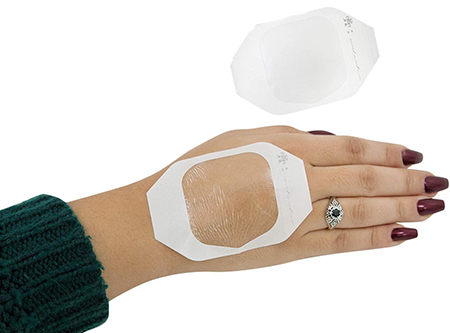
Transparent dressing:
Transparent dressings are commonly used in cases where the doctor wants to monitor the wound closely. Because transparent dressings are made using transparent membranes, wound monitoring utilizing this type of dressing is much easier than fabric or floor bandages. For this reason, clear wounds are often used in larger and more complex injuries.
Properly covered, it will withstand a lot of adverse conditions and speed up the healing process.
Hydrocolloid dressing:
Hydrocolloid dressings help heal quickly by creating wet conditions and making flexible materials to increase comfort. The surface of the hydrocolloid dressings is coated with a substance containing polysaccharides and other polymers that work to absorb water and form a gel. This gel is in direct contact with your wound and helps it heal quickly.
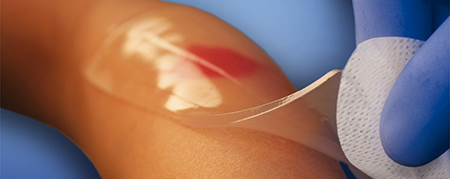
Hydrogel dressing:
For dry wounds that need a little healing, hydrogels are a great option. It works in a way that moisturizes your injury, so it heals faster and breaks down dry, dead tissue. This process helps to increase the patient’s comfort level and, at the same time, reduces the pain. In some hydrogel products, cooling gel is used for more convenience.
Hydrogel wound dressings are commonly used on a wide range of wounds. Wounds from which some fluid leaks out and requires hydrogel dressings for strong healing. They are also used for unusually painful injuries. In addition, due to the presence of excess fluid in these dressings, which promotes cell growth, the hydrogel is suitable for second-degree burns and infected wounds.
Alginate dressing:
Alginate dressing is very absorbent and is used in wounds that bleed excessively. They are absorbed up to 20 times and make them suitable for severe or deep injuries. In addition to high absorption, alginate dressings also create a gel-like substance to aid the healing process.
Do not use alginate on pre-dried wounds, as this will prevent healing and create an even drier environment. Instead, alginate should only be used on wet wounds.
Because alginate dressings are used on wounds with a lot of fluid output, they should be replaced every two days.
Collagen dressing:
Collagen wound dressings are mostly used for chronic wounds with slow or stopped healing time. They are also used for pressure sores, grafts, surgical wounds, burns, and injuries covering a large area of your body.
The difference between a collagen dressing and the other things we discussed is that collagen dressings act as a temporary “second skin” that allows new cells to grow and flourish. Without it, the recovery time will be much longer.
In addition to the usual types of wound dressings, there are several other options. If you are injured and need a specific type of wound dressing, talk to your doctor about the best sauce for your condition.

